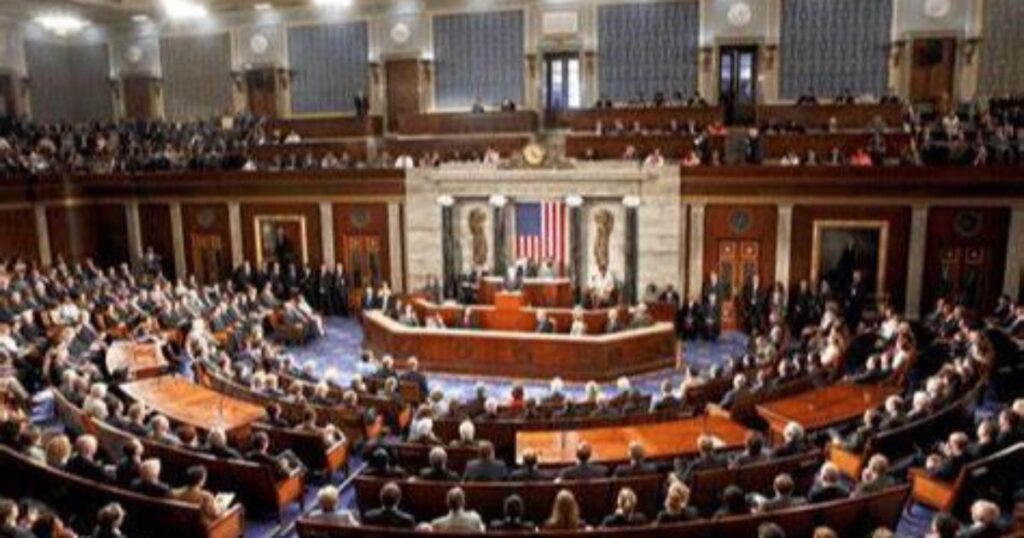On election night, the Republican Party was projected to regain control of the U.S. Senate, marking a significant political shift after losing its majority in 2020 and failing to reclaim it in 2022. By midnight, initial results showed a pivotal victory with Republican candidates securing crucial seats, notably in West Virginia, where Jim Justice defeated incumbent Democrat Joe Manchin, and in Ohio, where Bernie Moreno successfully ousted Senator Sherrod Brown. This momentum for the GOP suggested a transformative election cycle, poised to reshape the legislative landscape in Congress.
As the election unfolded, Republicans entered the cycle buoyed by a favorable political environment, aimed at capitalizing on the Democratic Party’s vulnerabilities. With 23 seats in contention for Democrats—including four highly competitive races and another leaning towards Republicans—Republicans faced far fewer risks with only 11 seats to defend. This disparity set the stage for a potential shift in power as Republicans strategically targeted battleground states that had previously shown strong support for Trump during the 2016 and 2020 elections. The unfolding results hinted at a possible Republican resurgence, although several key races in states like Montana, Arizona, Nevada, Pennsylvania, Michigan, and Wisconsin remained undecided.
One of the factors contributing to the Republican sentiment during the elections was the economic landscape under President Biden’s administration. Many voters expressed dissatisfaction with the economy and rising inflation, sentiments echoed in a survey conducted by The New York Times and Siena College. Voters in battleground states highlighted economic concerns as paramount to their decision-making, with 24% identifying it as the most critical issue in their voting considerations. This dissatisfaction aligned with the GOP’s messaging, which suggested that their candidates would better address economic challenges compared to their Democratic counterparts.
Republican candidates leveraged this economic discontent effectively, turning it into electoral gains. Notably, even candidates previously considered vulnerable, such as Nebraska Senator Deb Fischer and Texas Representative Colin Allred, found protection in Trump’s robust performance at the top of their respective ballots. The connection between Trump’s popularity and the Republican candidates highlighted how the former president’s influence remained a potent force within the party, shaping voter perceptions and loyalty even amidst broader discontent.
As the election results drew close, the GOP’s narrative focused on not just capturing more seats but fundamentally altering the direction of legislative priorities in Washington. The significant victories and potential upsets added to a growing narrative suggesting that Republican policies resonated more with voters, particularly on issues central to their immediate concerns. The events hinted at an evolving political landscape as both parties reassessed their strategies and messaging going forward.
Ultimately, the 2024 elections showcased a decisive moment for the Republican Party, potentially marking a return to prominence in the Senate. The successful ousting of prominent Democrats and the ability to reclaim seats previously lost underscored the shifting dynamics in American politics. As the battleground races continued to be determined, these outcomes indicated a larger trend of voter discontent with the status quo, highlighting the importance of economic issues in shaping electoral results. The Republican victory not only reflected a successful election strategy but also posed important questions for the future direction of policy and governance in the United States.

